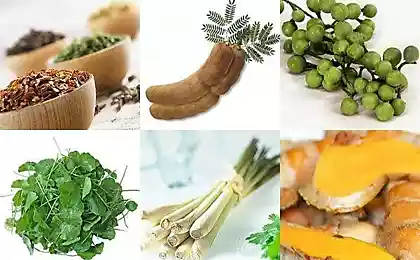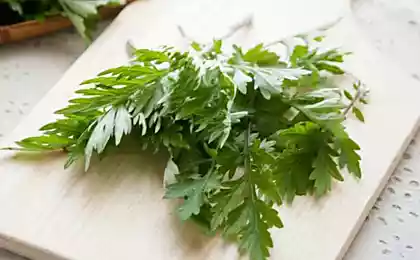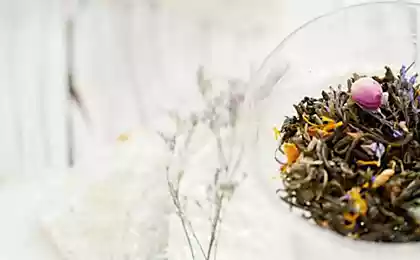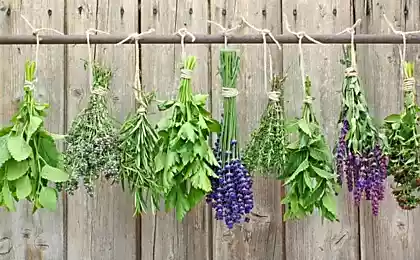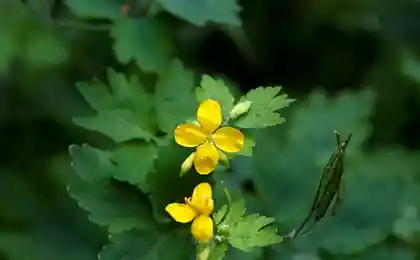189
Why you can not carry herbs to the house, torn with the root
Herbs have always been one of the most valuable natural resources that can give a person health, beauty and well-being. With its apparent simplicity, collecting medicinal herbs is not the easiest task.
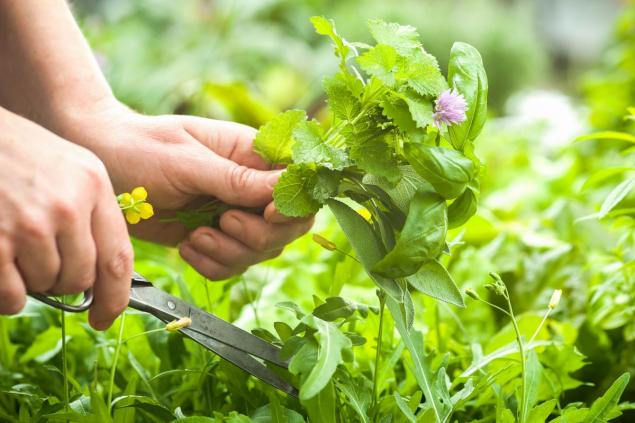
It is necessary to collect so that the plants do not harm, and all the useful properties of herbs are preserved. Thyme, St. John's wort, donner, oregano, sage ... We tell you how these green treasures are useful, where to find them, how to collect and store for the winter, if there is no dryer.
In July, residents of central Russia collect St. John's wort, oregano (people call it mother), donnik, thyme (thyme), or bogorodsk grass, licorice and many other herbs.
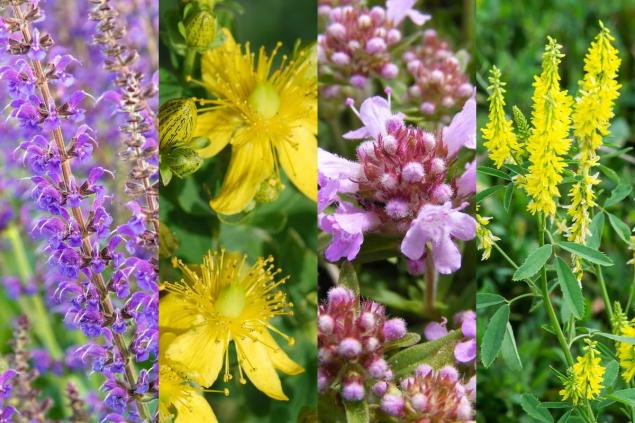
In the old days, its fragrant flowers were dried and put in pillows - for a sound sleep. In folk medicine, infusions and decoctions from thyme are used to restore visual acuity.
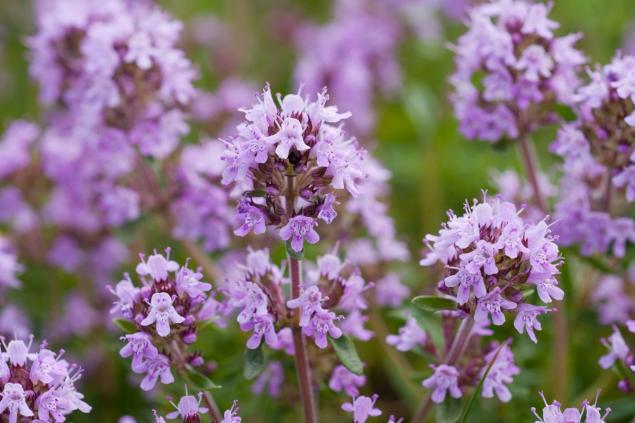
Poultices from the plant help with insect bites, they rinse their mouth with toothache. You can find fragrant pink-purple flowers of Bogorod grass on dry edges and forest glades, on the outskirts of fields, on open slopes of ravines.

Carpet of its flowers are often covered with small anthills.
St. John's wort St. John's wort holed One of the most popular herbs in folk medicine.
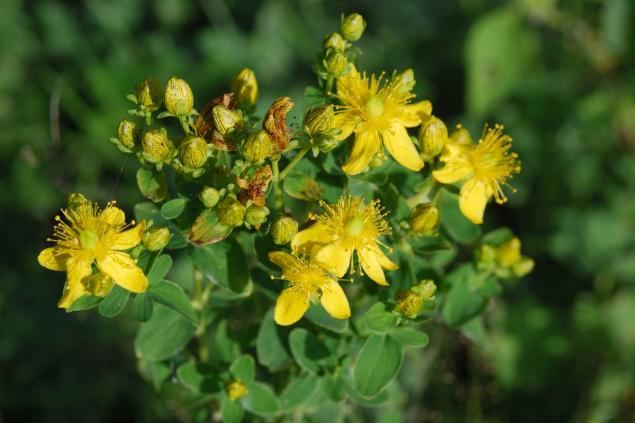
St. John's wort tea increases the level of the "happiness hormone" serotonin in our body.
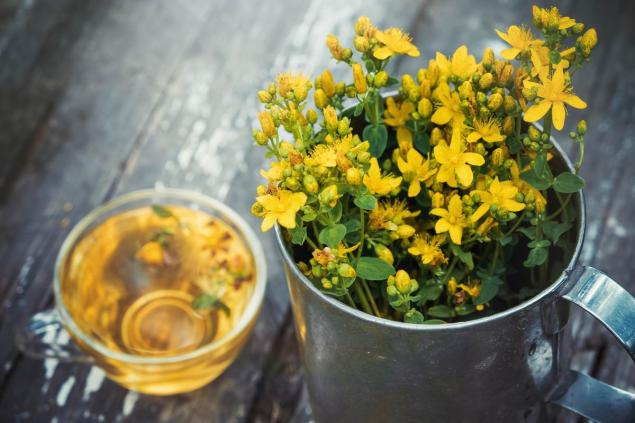
This avoids depression, bad mood and chronic fatigue. St. John's wort grows, as a rule, in dry places in the forest, on the edges, glades, among shrubs, in meadows, on the outskirts of fields, near roads.
This useful plant is often called mother, or female grass, because women have used it for centuries to maintain beauty, health and youth.
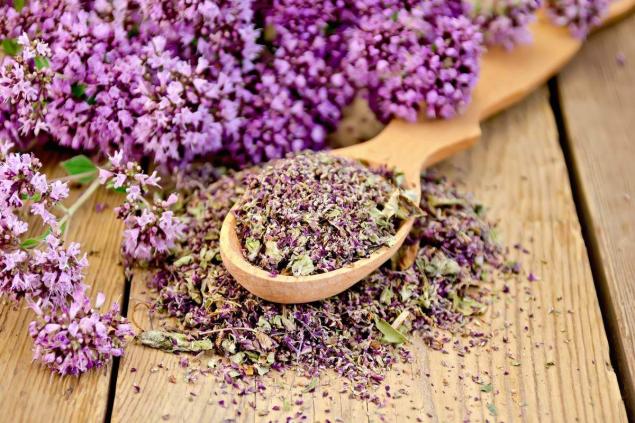
You can meet oregano on the glades of dry forests, edges, floodplain meadows. It has analgesic, anticonvulsant, wound-healing effect.
Sage helps to cope with the inflammatory processes of the throat and mouth.
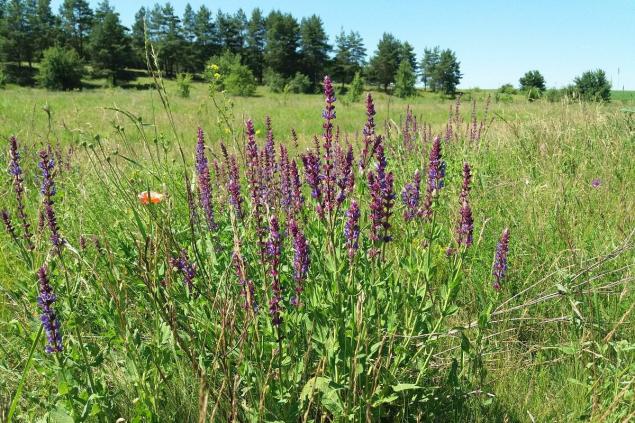
It grows in meadows, along roads and low river banks.

Donnik is used as a painkiller, wound healing and antiseptic. It is found in wastelands, meadows, along roads, in quarries.
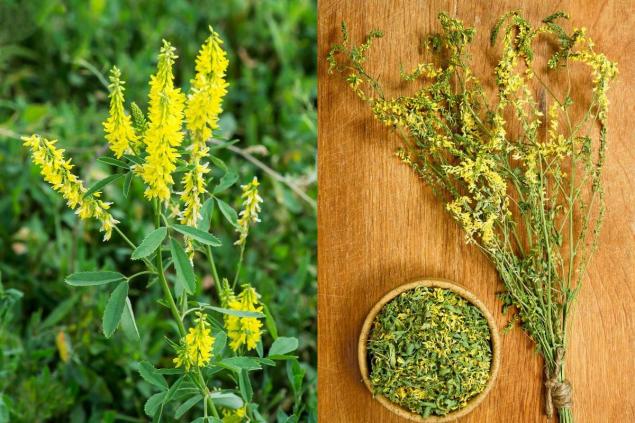
Collect the above-ground parts of plants, and especially flowers, taken exclusively in dry weather. Wait until the dew drops and you can start. Find out in advance which parts of the plant are medicinal. So, for example, for a yarrow it will be inflorescences, for licorice - roots, for a plantain - leaves.
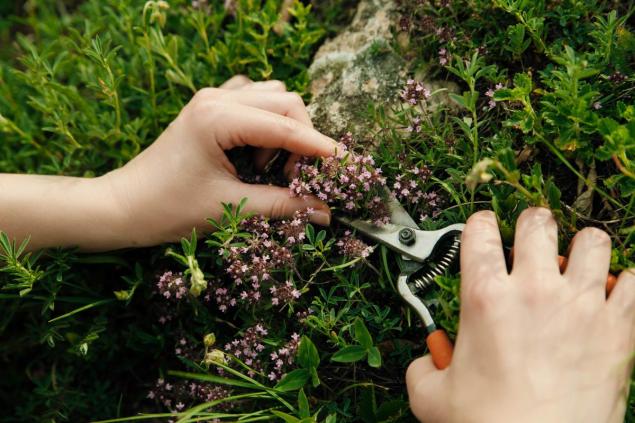
Going for herbs, arm yourself with a knife. Don't tear the stems with your hands. In this case, there is a high probability of damaging the plants, tearing them from the root. This leads to rapid depletion of natural resources.
Flowers and inflorescences are usually harvested by cutting with scissors. This is a very delicate raw material, so it is recommended to use baskets for collection, in which the flowers are placed in a thin layer without breaking down.
How to dry medicinal herbs Medicinal herbs are better to dry in the shade. Since under the influence of direct sunlight, the destruction of useful compounds contained in them is accelerated and the natural color of raw materials changes. For plants containing essential oils (thyme, oregano, mint), drying in the sun is generally strictly prohibited.
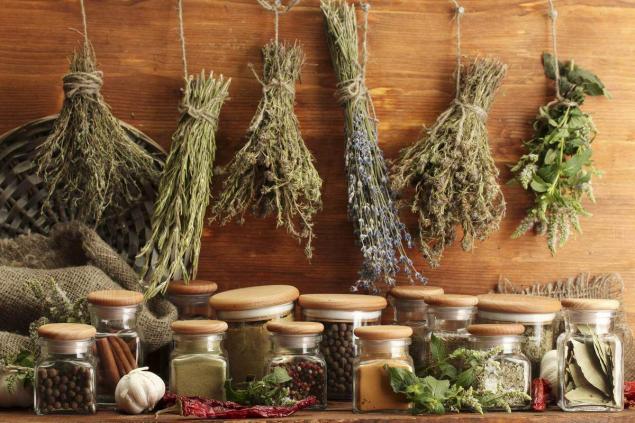
It is necessary to provide good ventilation. The room should be well ventilated. The ideal option is a ventilated loft. In cold and damp weather, it is better to use an oven, oven or dryer.
https://www.youtube.com/watch? v=13XBbcoz_r0
The grass can be dried by binding into bundles and hanging under the ceiling or decomposing in a thin layer on paper. For drying flowers ideal frame with strained gauze. Large leaves should be spread out one by one and turned over after the upper part dries.
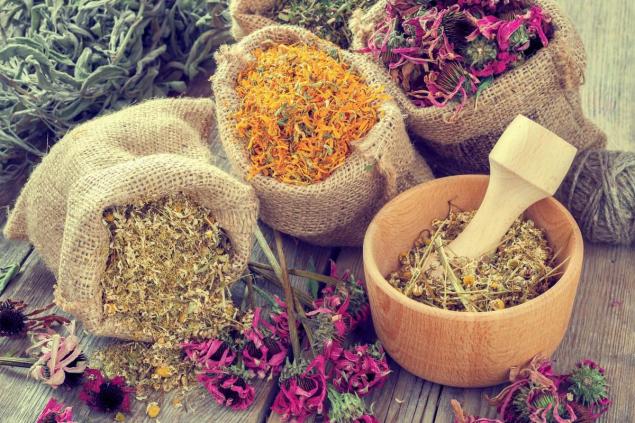
Leaves and flowers after successful drying should retain a natural color and easily grind into powder. You can store dried flowers and herbs for 1-2 years, tubers and bark for 3-5 years.

It is necessary to collect so that the plants do not harm, and all the useful properties of herbs are preserved. Thyme, St. John's wort, donner, oregano, sage ... We tell you how these green treasures are useful, where to find them, how to collect and store for the winter, if there is no dryer.
In July, residents of central Russia collect St. John's wort, oregano (people call it mother), donnik, thyme (thyme), or bogorodsk grass, licorice and many other herbs.

In the old days, its fragrant flowers were dried and put in pillows - for a sound sleep. In folk medicine, infusions and decoctions from thyme are used to restore visual acuity.

Poultices from the plant help with insect bites, they rinse their mouth with toothache. You can find fragrant pink-purple flowers of Bogorod grass on dry edges and forest glades, on the outskirts of fields, on open slopes of ravines.

Carpet of its flowers are often covered with small anthills.
St. John's wort St. John's wort holed One of the most popular herbs in folk medicine.

St. John's wort tea increases the level of the "happiness hormone" serotonin in our body.

This avoids depression, bad mood and chronic fatigue. St. John's wort grows, as a rule, in dry places in the forest, on the edges, glades, among shrubs, in meadows, on the outskirts of fields, near roads.
This useful plant is often called mother, or female grass, because women have used it for centuries to maintain beauty, health and youth.

You can meet oregano on the glades of dry forests, edges, floodplain meadows. It has analgesic, anticonvulsant, wound-healing effect.
Sage helps to cope with the inflammatory processes of the throat and mouth.

It grows in meadows, along roads and low river banks.

Donnik is used as a painkiller, wound healing and antiseptic. It is found in wastelands, meadows, along roads, in quarries.

Collect the above-ground parts of plants, and especially flowers, taken exclusively in dry weather. Wait until the dew drops and you can start. Find out in advance which parts of the plant are medicinal. So, for example, for a yarrow it will be inflorescences, for licorice - roots, for a plantain - leaves.

Going for herbs, arm yourself with a knife. Don't tear the stems with your hands. In this case, there is a high probability of damaging the plants, tearing them from the root. This leads to rapid depletion of natural resources.
Flowers and inflorescences are usually harvested by cutting with scissors. This is a very delicate raw material, so it is recommended to use baskets for collection, in which the flowers are placed in a thin layer without breaking down.
How to dry medicinal herbs Medicinal herbs are better to dry in the shade. Since under the influence of direct sunlight, the destruction of useful compounds contained in them is accelerated and the natural color of raw materials changes. For plants containing essential oils (thyme, oregano, mint), drying in the sun is generally strictly prohibited.

It is necessary to provide good ventilation. The room should be well ventilated. The ideal option is a ventilated loft. In cold and damp weather, it is better to use an oven, oven or dryer.
https://www.youtube.com/watch? v=13XBbcoz_r0
The grass can be dried by binding into bundles and hanging under the ceiling or decomposing in a thin layer on paper. For drying flowers ideal frame with strained gauze. Large leaves should be spread out one by one and turned over after the upper part dries.

Leaves and flowers after successful drying should retain a natural color and easily grind into powder. You can store dried flowers and herbs for 1-2 years, tubers and bark for 3-5 years.
Why do I buy Coca-Cola in litres but don’t let anyone drink?
What to do if your husband is a wolf in sheep’s clothing
